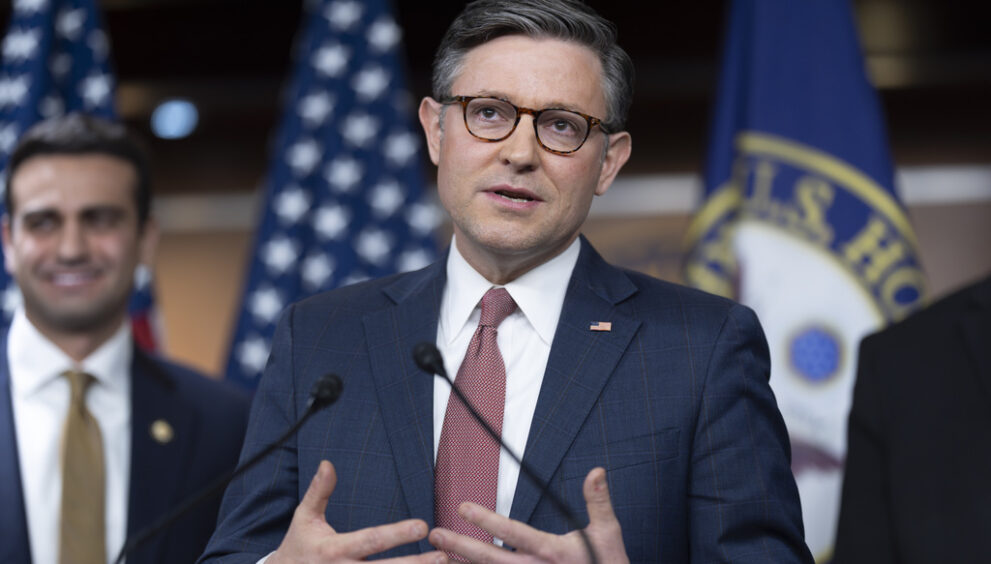The Impact of DOGE on Congressional Spending Procedures

Coming from the viewpoint of fiscal conservatism, it is evident that the Department of Government Efficiency (DOGE) has made significant strides. While DOGE does have its fair share of critics, this is to be expected for any entity uncovering inefficient government programs— the more waste it uncovers, the more detractors it will accumulate.
A significant number of individuals in Washington derive their livelihood from ineffective programs that channel significant monetary resources. However, this is a narrative for another time.
Despite facing opposition, there is widespread support for the work carried out by DOGE. Recent polling data indicates that the idea of an agency focusing on efficiency garners broad favor across the American populace. This likely explains why Trump emphasized, in his recent congressional address, the existence of programs that are perceived as wasteful by many.
Trump highlighted not just the general accomplishments of DOGE, but specifically pinpointed 19 programs that a considerable number of Republicans (and possibly independents and Democrats too) might find objectionable. These include allocations for a range of initiatives, from diversity, equity, and inclusion programs in Burma, to “LGBTQI+” programs in Lesotho, to male circumcision in Mozambique.
A number of taxpayers disapprove of their money being utilized for such purposes, a sentiment shared by some current Republican members of Congress.
This presents a quandary for the administration: having brought to light the misallocation of taxpayer funds, how can any Republican representative in Congress, in good conscience, advocate for the continuation of such funding?
This week, the Trump team faces the challenge of garnering support for a continuing resolution (“CR”) that funds the government until the fiscal year closes on September 30, 2025.
The ideal functioning of Congress entails passing 12 separate spending bills for various Cabinet departments, allowing the President to sign off on each one individually. However, the last time all 12 bills were passed dates back to 1997. In the interim, Congress has resorted to the passage of omnibus spending bills or continuing resolutions to fund the government.
Omnibus bills involve consolidating several spending bills into one, while continuing resolutions maintain the ongoing funding levels for the next year. This repetition ensures that inefficient programs receive funding by default.
This complicates matters for many Republican lawmakers, as supporting a continuing resolution would prolong the funding arrangements set forth during the preceding Biden administration, including provisions brought to light by DOGE.
Although adjustments can be made to the CR to exclude certain programs highlighted by Trump, lawmakers still fear the implications of potential future revelations. The stances taken by lawmakers on omnibus or continuing resolution bills are inflexible contrasts to the selective voting allowed for original appropriation bills.
Within this scenario, securing support for a full-year continuing resolution remains a considerable challenge for the Trump administration. While they may obtain the backing required from Republican lawmakers this week, the commendable work done by DOGE in exposing questionable spending has inadvertently increased the complexity of the task at hand.






















































































































































































































































































































































































































































































































































































































































































































































































































































































































































































































































































































































































































































































































































































































































































































































































































































































































































































































































































































































































































































































































































































































































































































































































































































































































































































































































































































































